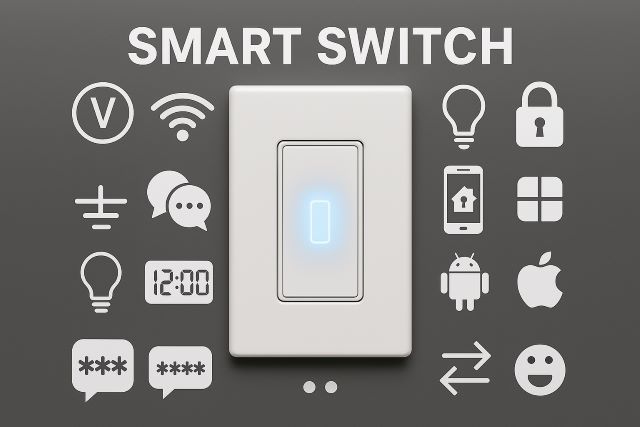
💡 Smarten your space AND your mind! Try
Audible,
Kindle Unlimited, or
Prime Video while controlling everything hands-free.
Claim your free trials here and enjoy immersive content experiences at home.
Understanding the Neutral Wire’s Role
Smart switches differ from traditional switches in that they require continuous power to operate their internal electronics, such as Wi-Fi or Zigbee modules. The neutral wire serves as the return path for current, enabling the switch to remain powered even when the connected light is off. Without this, the smart switch wouldn’t be able to maintain connectivity or respond to app or voice commands.
How a Neutral Wire Enables Connectivity
Most smart switches draw a very small amount of current continuously. This current flows from the hot (live) wire to the neutral wire, allowing the switch to function without relying solely on the load (light) circuit. That’s why the neutral wire is essential in many setups. If you're curious about wiring concepts, this Wikipedia article on neutral wires offers a good technical overview.
What If Your Home Lacks a Neutral Wire?
Older homes often lack a neutral wire in the switch box. In these cases, users can:
- Choose smart switches designed to work without a neutral wire
- Install a bypass device at the fixture
- Hire an electrician to rewire the box
Why Manufacturers Default to Neutral-Required Designs
Requiring a neutral wire ensures reliability, compatibility with various bulbs, and reduced risk of flickering. It also simplifies certification and safety compliance for device manufacturers.
Final Thoughts
While the neutral wire may seem like a small detail, it's critical to the function of most smart switches. Always check your wiring before purchasing, or consider no-neutral alternatives if your home doesn’t support standard configurations.